Now this is an article I was born to write. Finding a good cheap mountain bike is one of my strengths. I firmly believe that within reason nothing, not even a tight budget, should hold anyone back from getting their hands on a really good cheap mountain bike. The world is full of great options for buying one that doesn’t cost the earth. From brand new to second-hand, it’s not that hard to find a really good bike for less than you think it might.
But let’s get one thing straight right away. I am experienced, I have been biking for a long time. I do know what I’m talking about, and I want to use that knowledge to help you get your hands on a really good mountain bike that doesn’t cost the earth.
How To Find A Good Cheap Mountain Bike
Hey, look, we’ve all been there. Remember that. Everyone has to start somewhere, and everyone at one time didn’t know how to ride a bike. I wish someone could have pointed out some of the tips below before I bought my first bike.
1. The First Thing Is To Set A Budget
What you need out of a mountain bike is a sturdy reliable frame, good, durable suspension, and strong wheels and rubber. What we’re after here in this guide is how to go about finding a good cheap mountain bike. So we have to look at what categorizes ‘cheap,’ and what categorizes ‘good.’
The first thing you have to do before anything else is figure out how much you want to spend, and how much you realistically have available. Once you know the $$$ range you have available to you, it narrows down the selection process by about 80%. How much money you have to spend is going to be the deciding factor. Yes, it would be lovely if we all had the money to buy a bike that cost the same as a small car, but for most of us, that just isn’t going to happen.
If you’re new to mountain biking, check out our list of the best mountain bikes for beginners.
2. Do Not Buy A Cheap Bike
Now this might seem like the inherent contradiction in this article. But you see, cheap when it comes to mountain bikes is a relative term. For instance, my $900 hardtail would still be considered a ‘budget’ bike. For Donald Trump, a $1,000,000 loan from his father to get started in business is ‘small.’ It’s all relative. For me, $900 is not a small amount of money. It is quite a large investment.
But whatever you do, don’t walk into a Walmart or other department store and pick up a $300 bike just because it looks good. I’ll explain why later on. Just don’t do it.
3. Don’t Fall For The Hype
While there is a difference between a pair of $20 running shoes and an $80 pair there’s not much difference between a $80 pair and a $120 pair. The $20 pair will probably start to fall apart after one run and will probably hurt your feet. But the difference between $80 and $120 is more than likely going to be negligible. The only real difference is the person wearing the shoes.
It’s the same with bikes. After you get to a certain price point with a mountain bike, it all comes down to the skill level of the rider, not the bike. I know someone who has a $3500 mountain bike. I beat them up the hill, and I beat them down the hill on my $900 bike. Above a certain price point, it’s not the bike that determines skill level and ability, it’s the person riding the bike.
4. Also Don’t Go For The Most Expensive Ones
When looking at buying a mountain bike, things can seem to get expensive fast. Some bikes go for as much as $7000-$10000. The difference between you on a $300 bike compared to a $900 will probably be quite marked. The difference between you on $900 worth of aluminum and $7000 is relatively minimal. I rode a really expensive mountain bike. It was nice, it was good, but I wasn’t that much faster, and I still fell off it as much as I did on my regular bike.
A lot of stores, even independently owned trustworthy knowledgeable ones, are going to try and sell you a really expensive mountain bike. You can get a good Hard Tail (a mountain bike without rear suspension), brand new, for about $700-800. If you want a full-suspension bike, you don’t want to spend any less than $1800. While that’s good, it’s not cheap. I mean it’s probably cheap for a decent FS bike, but not for a good and cheap bike.
5. Don’t Panic
If you are thinking Dude, none of this sounds cheap. You are right. But it is for a new mountain bike. If $7-800 is looking a bit too much for your budget, DON’T PANIC!!! There’s a section further down about how to get your hands on a good bike secondhand. Keep reading, this is still valuable information.
Looking for an affordable bike that won’t let you down? Check out our list of the best cheap bicycles. With options starting at just $200.
6. Do Not Buy From Walmart, Even If They feel Affordable!
Why are even cheap decent bikes expensive? They’re not for what they are. The clue is in the name. They are bikes built for riding on mountains; mountain bikes. What bumps the prices of them up are the parts and materials. Mountain bikes are made to be heavy-duty. Good ones are built to take some punishment and also keep you safe.
Bikes from Walmart or similar places, generally speaking, are not. They will be mostly ok if you’re riding them around parks, or commuting with them, but they will not survive for long on actual mountains.
Here we come back to the hype. After a certain price point, many of the things that make mountain bikes spike in price are cosmetic. In other words, the difference in quality between many $1000 bikes and $3000 bikes is extremely small.
Still confused? Check out our take on why Walmart bikes are only for kids!
7. Know That Not All MTBs’ Are Created Equally
I want a good MTB that’s also really good value for money. Where do I start? That question brings us back to the beginning: Not all MTBs’ are created equally. That truth is reflected in the huge choice of types and brands available out there in the market. It can be an overwhelming decision. That’s why a little time researching the Inter-Bike can save you a lot of time and hassle.
You most likely want a mountain bike that’s fun to use. But getting the right bike for the right purpose and the right budget can be a total minefield. What makes a bike perfect for barreling down a downhill course at speed is a lot different from one designed for traveling the length and breadth of China, or Denmark for instance.
A full suspension MTB may look the business, but just how much suspension do you need? What’s the difference between a hardtail, an XC, and an All MTB anyway? What do you need or want? Do you know? This is where at least being able to countenance the type of bike you’re after can rule out a lot of the chaff and you have a home in what you need.
Want to hit the trails without breaking the bank? Check out our list of the best budget electric mountain bikes.
8. Decide On The Type Of Suspension You Want
Do I need a Hardtail or Full Suspension? Can I realistically get a really good FS bike on the cheap? No. You can’t. Mountain bike suspension comes in 3 distinct flavors
- Hardtail: Shocks at the front
- Full Suspension: Shocks at the front and back
- Rigid: No shocks at all
Shocks on bikes generally also come in 2 flavors, being either a wound steel spring, or using air-sprung forks. Air-sprung forks will end up being lighter and easier to adjust. The problem with Full Suspension bikes is that under a certain price point, they just suck. They are heavy and unwieldy.
This leaves you with two options: Hardtail mountain bikes have shocks only in the front fork. Front suspension reduces upper limb fatigue, helps keep your hands on the handlebars, and makes steering easier on rougher trails. If you’re looking for a reasonably priced first bike, or you have a limited budget, or after a bike that can do most anything, then a hardtail is a solid good choice.
Rigid bikes are mountain bikes that don’t contain any suspension at all. They were almost seen as antiquated until quite recently, but these old-school Cross Country bikes are making something of a comeback. The newer ones are incredibly light and easy to pedal.
9. The Wheel Size Will Also Play A Part
Wheel sizes for mountain bikes come in 3 sizes. You might find some real bargains with a 26” wheel…because they’ve gone out of vogue. 26” wheels used to be the main size wheels for mountain bikes. For a long time, they were the only size available. If you wanted a mountain bike, you wanted a 26” wheel. Why? Because you had no other choice. Also, they are supposed to be faster on downhill sections. Why? Because science.
29” wheels have become much more common in recent years. 29ers are supposed to be slower to accelerate but are faster up hills, offer more momentum overall, and are supposed to be easier to roll over small objects on the trail. Either way, they are worth considering for the taller rider. 27.5” wheels are newer still. Supposedly these combine the best elements of 26 and 29-inch wheels.
Whatever wheel size bike you choose is probably going to be guided by your wallet as opposed to any conscious choice on your part. I’m just saying it’s nice to know what you’re buying. But, again, understand that the real limiting factor will come down to your skill level and physical abilities on the bike, not the size of your wheel.
The Different Types Of Mountain Bikes You Can Buy
Jesus Christ, all I’m after is a cheap good mountain bike. Is all this necessary? Yes. It is. Finding a good cheap mountain bike is going to be less about what you want and what you can afford. Most likely you will want to be looking at a hard-tail mountain bike. But there’s more than one type of hardtail. Because of the all-around inherent versatility of most MTBs, some can be used for pretty much everything going. The most common type of bike out there is the ‘Cross Country Mountain Bike.’ But here’s a brief guide to other types of bikes that are out there. You can probably skip the rest after the first one if you like.
| Mountain Bike Category | Description |
|---|---|
| Cross Country (XC) Bikes | Generally lightweight, designed for speed. Subdivided into XC Race bikes (fast, nimble, 80-120mm travel) and XC Trail bikes (slightly heavier, versatile for various terrains). XC Race bikes focus on speed and efficiency, while XC Trail bikes are suitable for dirt roads to single-track trails. |
| All Mountain/Enduro Bikes | Versatile bikes with stronger frames and 140-160mm suspension travel. Suited for more technical trails and steeper descents. Heavier than XC bikes, designed for going up and then descending rapidly. Features wider tires for extra grip. Often used by riders on challenging Black Runs with additional protective gear. |
| Downhill Bikes | Designed for fast, steep descents. Gears set for speed, wider tires, durable frame, and 170-254mm suspension travel. Full suspension with coil or air shocks. Not suitable for climbing; riders typically walk up or get dropped off. Equipped with disc brakes and chain guard. Not ideal for general riding unless the exclusive focus is on downhill descents. |
| Freeride Bikes | Similar to downhill bikes but with less emphasis on weight. Compact frame for maneuverability. Built for jumping and technical stunts. Around 160-180mm suspension travel. Frame designed to be more flexible. Not suitable for uphill riding. A cross between downhill and XC bikes. |
| Dirt Jump Bikes | Fusion of Freeride and BMX bikes. Also known as urban or street mountain bikes. The front suspension only. Ideal for riders who enjoy aerial stunts. Single-speed gears, oversized handlebars, small frames, and low seat posts for stunt riding. |
| Single Speed Bikes | Often debated, suitable for those already fit, aiming to get fit, or using it on flat terrains/commuting. Simple design with one gear. Inexpensive (under $400). Riders claim increased strength and skill due to the lack of gear. Requires standing while going uphill, relying on skill and technique. Can be challenging but rewarding. |
Used vs. New Mountain Bike: What’s Better?
Now we’ve established all that, let’s get on to the part where you buy a good cheap bike…
| Aspect | Buying New | Buying Second Hand |
|---|---|---|
| Budget | If budget is between $600-$800, get a good bike. For lower budgets, effort is needed to find last season’s bikes or search online reviews. | Advantages and disadvantages. Great quality bikes for less money, but be wary of damage, repairs, or stolen bikes. |
| Options | Online provides more choices, and potential bargains. Testing is advised before buying. | Two main ways: directly from individuals or via a reseller like a bike shop. |
| Assembly | May require assembly, especially when buying online. | N/A |
| Expert Opinion | Not mentioned, but tuning and servicing are recommended after purchase. | Take the bike to a shop for tuning, servicing, and an expert’s opinion after purchase. |
| Safety | N/A | Meet in public places for transactions. Test ride the bike. Inspect thoroughly. Check online listings carefully. Buy locally if possible. Take safety precautions during transactions. |
The Different Buying Channels
Once you have decided whether you want a new bike or a used one, you have to look into the channels you can buy from.
| Aspect | Buying from a Reseller | Buying Directly |
|---|---|---|
| Price | Usually more expensive | Potentially less expensive |
| Choice | Limited compared to buying directly | More choice, potentially greater variety |
| Warranty | Possible warranty, more likely to have been serviced | Depends on the seller, no guarantee of warranty or servicing |
| Expert Advice | Staff expertise in bike shops, assistance in choosing the right bike | Limited to no expert assistance, may need to rely on personal knowledge |
| Pressure | Less pressure to make an immediate decision | More pressure to make quick decisions, especially in person |
| Safety Measures | Generally safer environment, potential redress with the shop | Safety measures depend on the meeting place, less assurance of redress |
| Meeting Place | In the shop, often public and secure locations | Any agreed-upon location, may vary in safety and security |
| Trying the Bike | May allow test rides in a designated area | Sellers may or may not allow test rides, depending on the location |
| Safety Tricks | Generally safer, less need for safety tricks | Sneaky safety tricks like leaving a bag with the seller may be needed |
| Inspection | More likely to be in good condition | Greater risk of hidden issues, thorough inspection is crucial |
| Online Purchases | N/A | Be cautious about fake listings, poor-quality photos, and misrepresented bikes |
| Returns Policy and Feedback | N/A | Check for returns policy and feedback scores, especially on online platforms |
Now, whether you bought online, or directly, take the bike to a bike shop and get it tuned and serviced, and get an expert’s opinion. The other important thing is to do your best to make sure you don’t buy a stolen bike. At its worst, it’s illegal. It can also be incredibly embarrassing if you meet the original owner of the bike at the top of a trail and he goes: ‘Where did you get that bike? That’s mine. I’m calling the police.’ What do you do then? In some countries, if you have stolen goods, no matter how innocent you might be, you can still be held accountable for handling stolen goods. This is not good Karma.
FAQs
What is the average price of a mountain bike?
The average price for a good mountain bike can be between $500-$1,500.
Why MTB are so expensive?
MTBs are expensive because they are built using strong materials. This ensures durability.
Is MTB better than road?
It depends on your riding preferences.
Final thoughts
So that’s it. But I would like to say this before I go. The bike you ride does not determine how good you are as a rider out on the trail. How much fun you have out on the trail is not determined by how good you are as a rider. How much fun you have is down to you. The bike you ride is almost immaterial. Just enjoy it.
Also Read
- 15 Best Bikes For Heavy Riders
- How To Find The Best Entry Level Road Bike On A Budget
- How To Find Your Best Mountain Bike Frame Size
- How To Choose The Best Hybrid Bike For Both Men And Women
Should you have any questions or require further clarification on the topic, please feel free to connect with our expert author Eric Elauria by leaving a comment below. We value your engagement and are here to assist you.

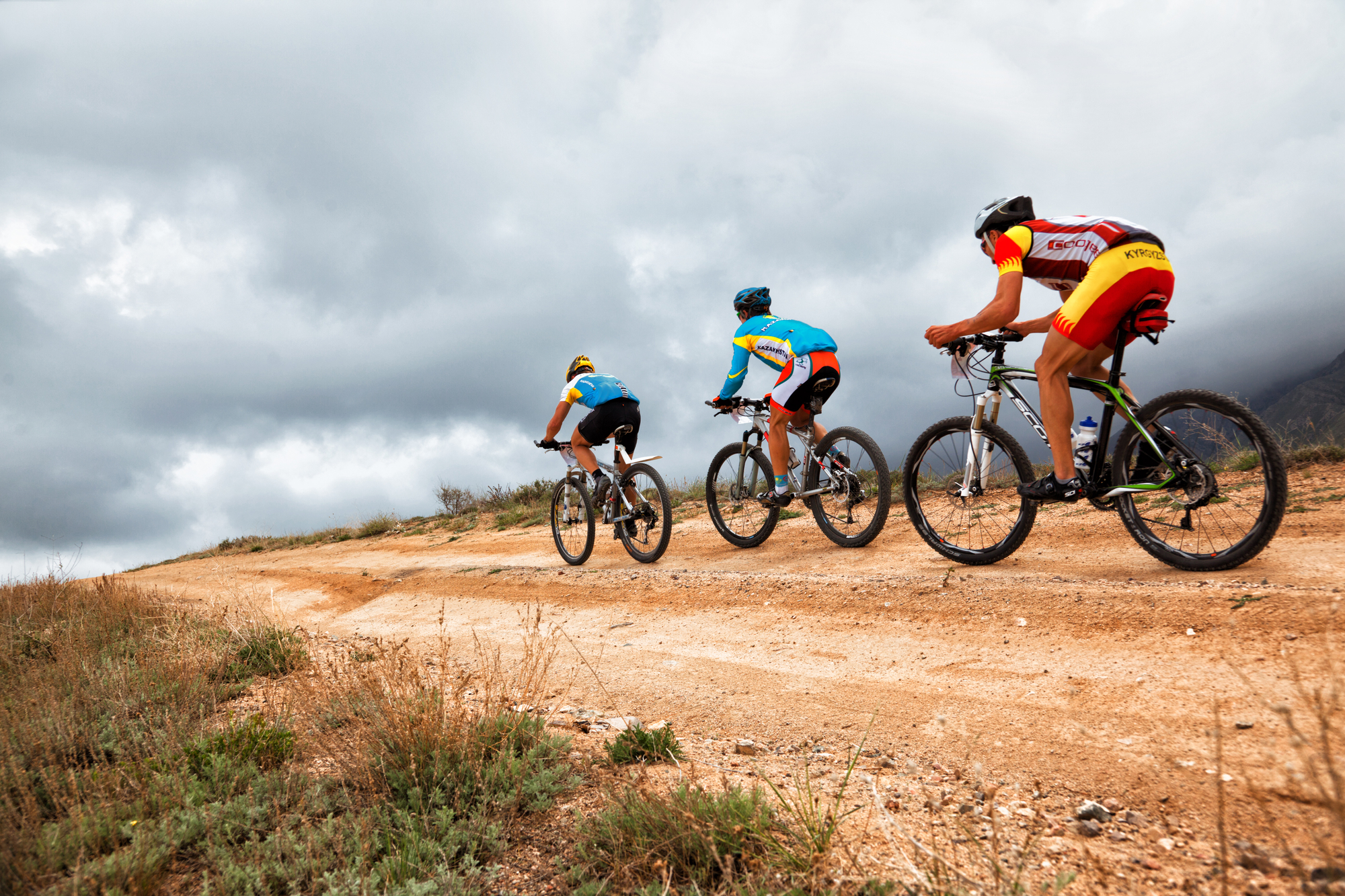

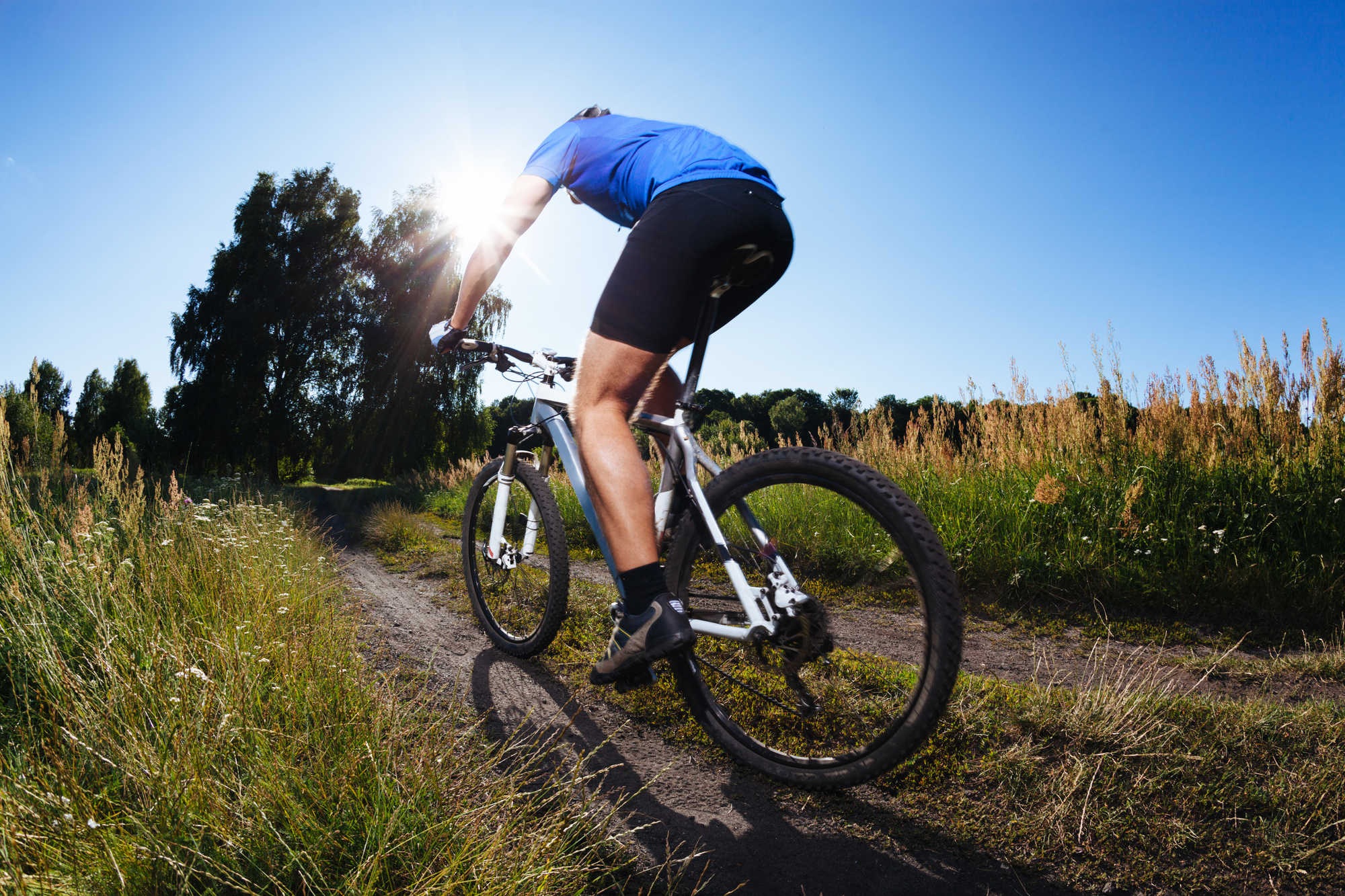
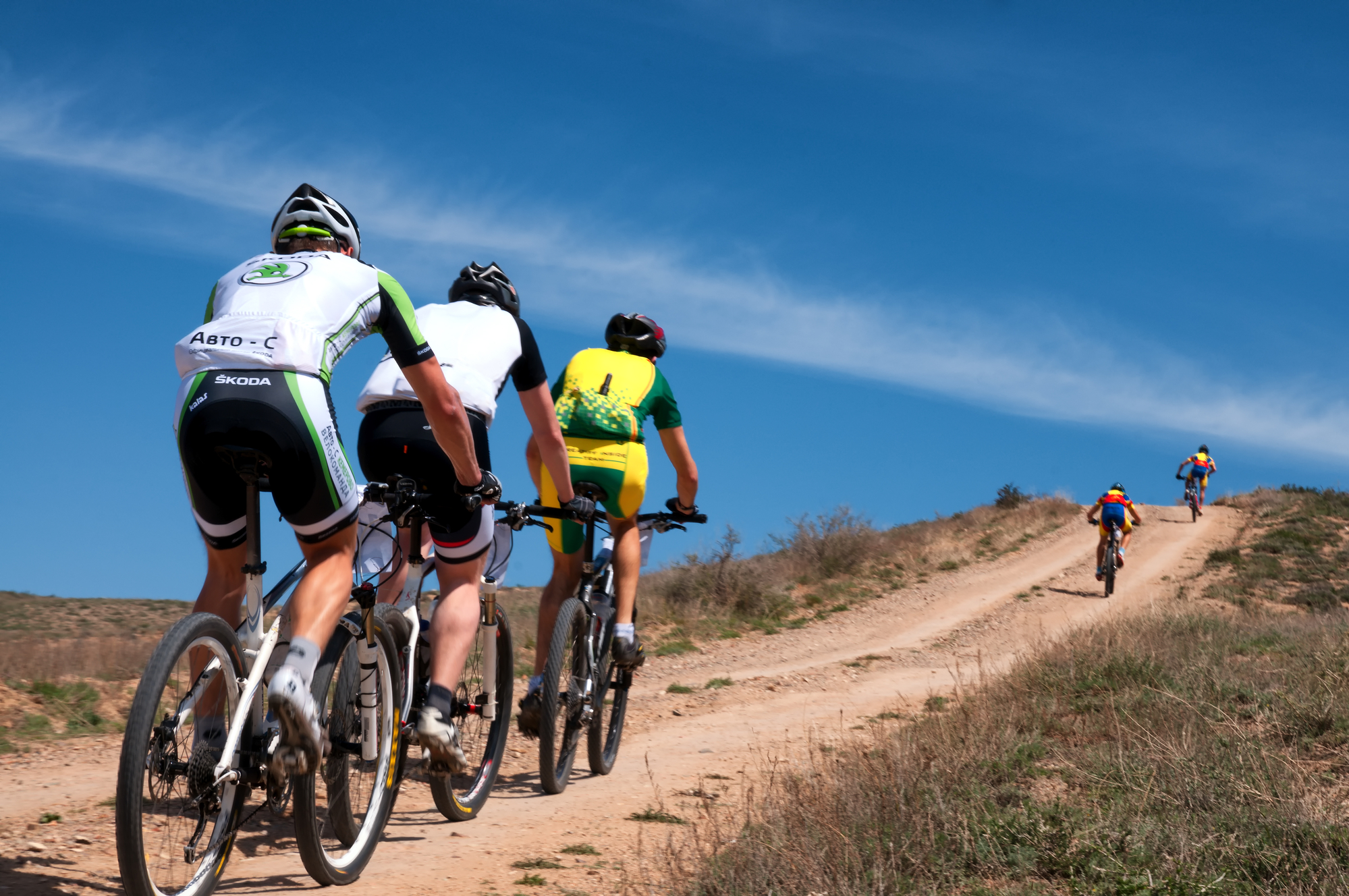
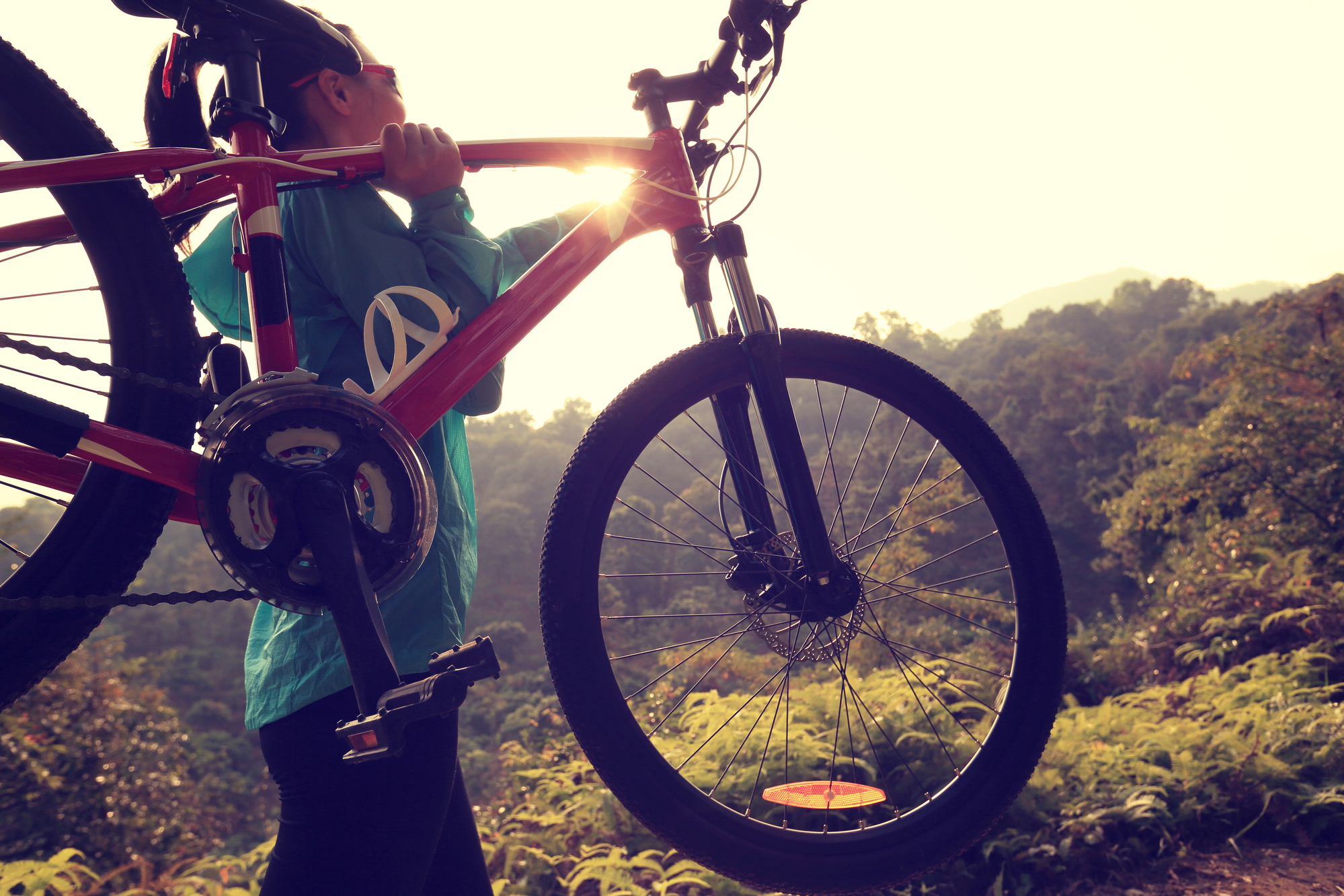
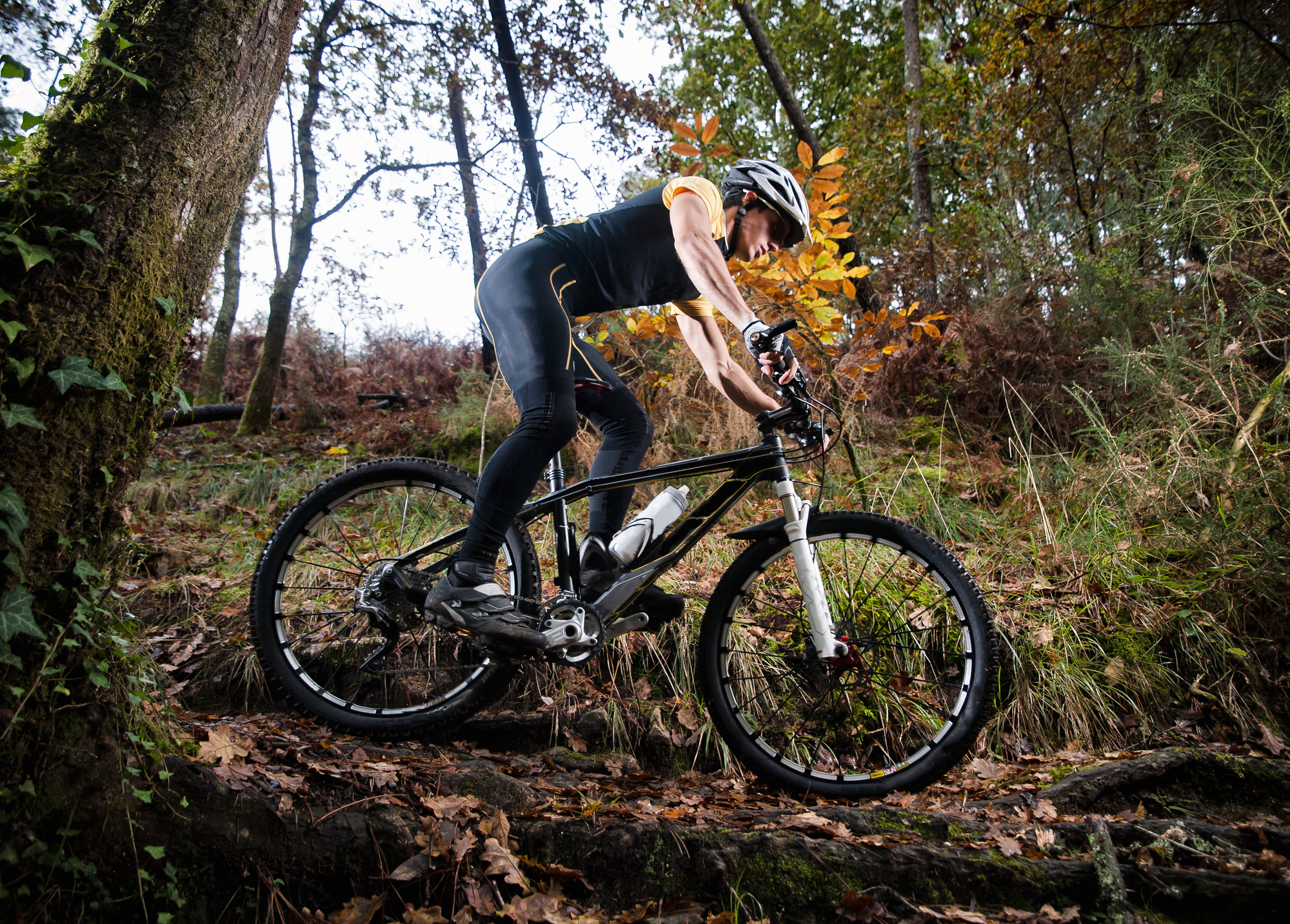

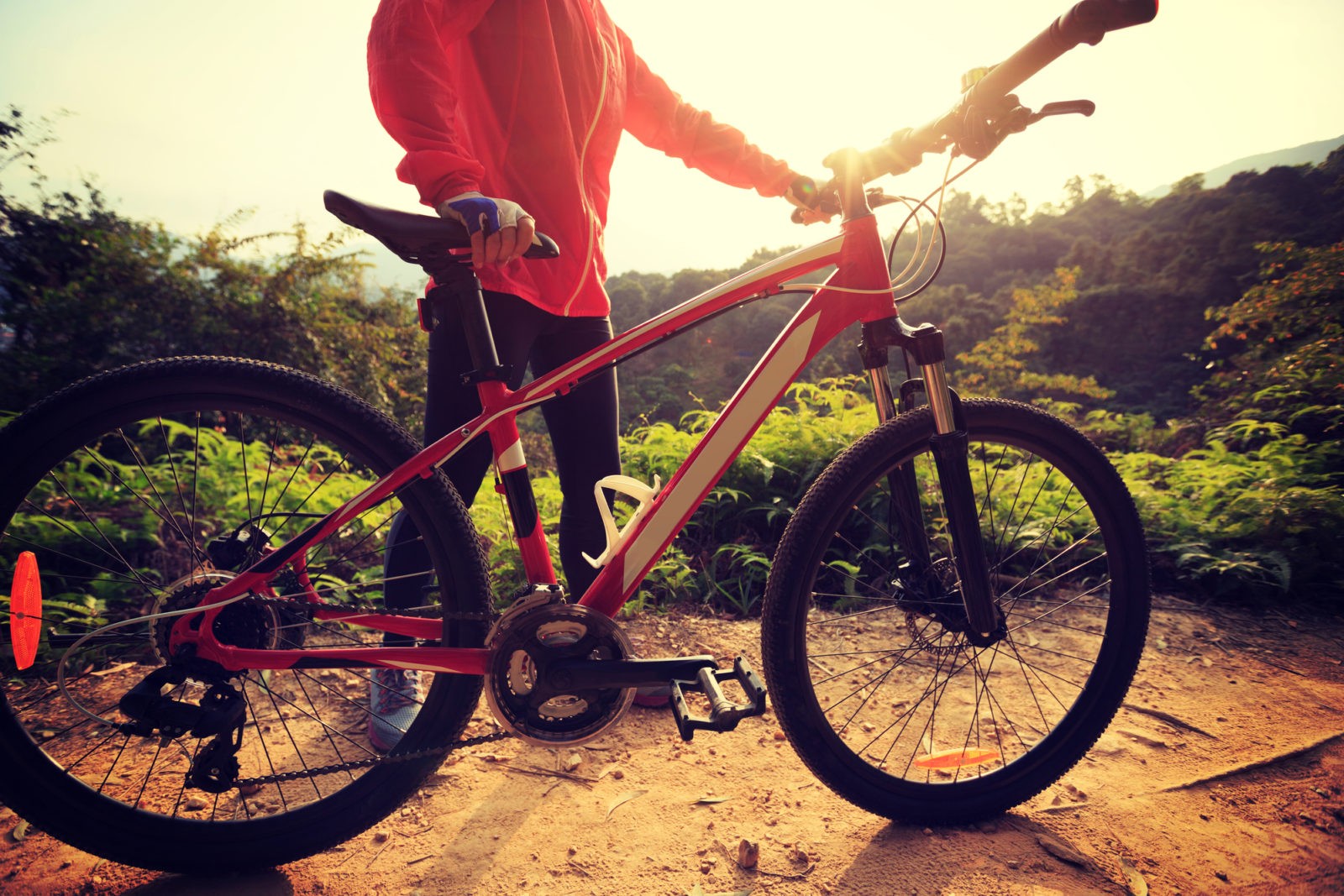
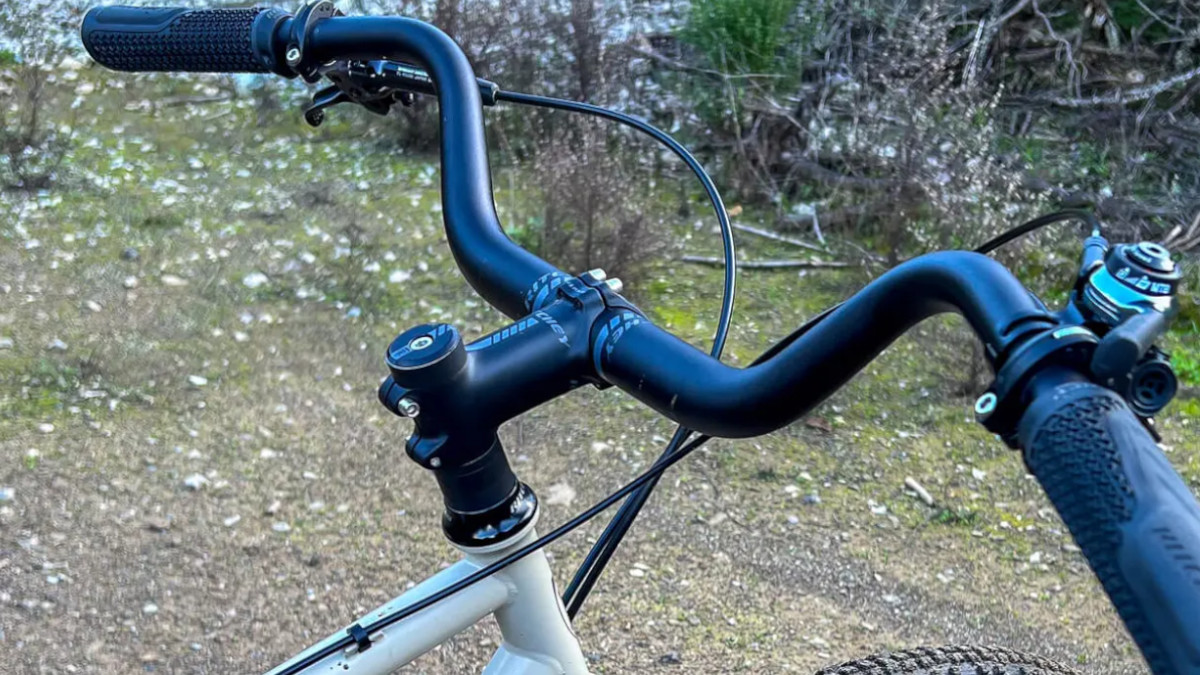
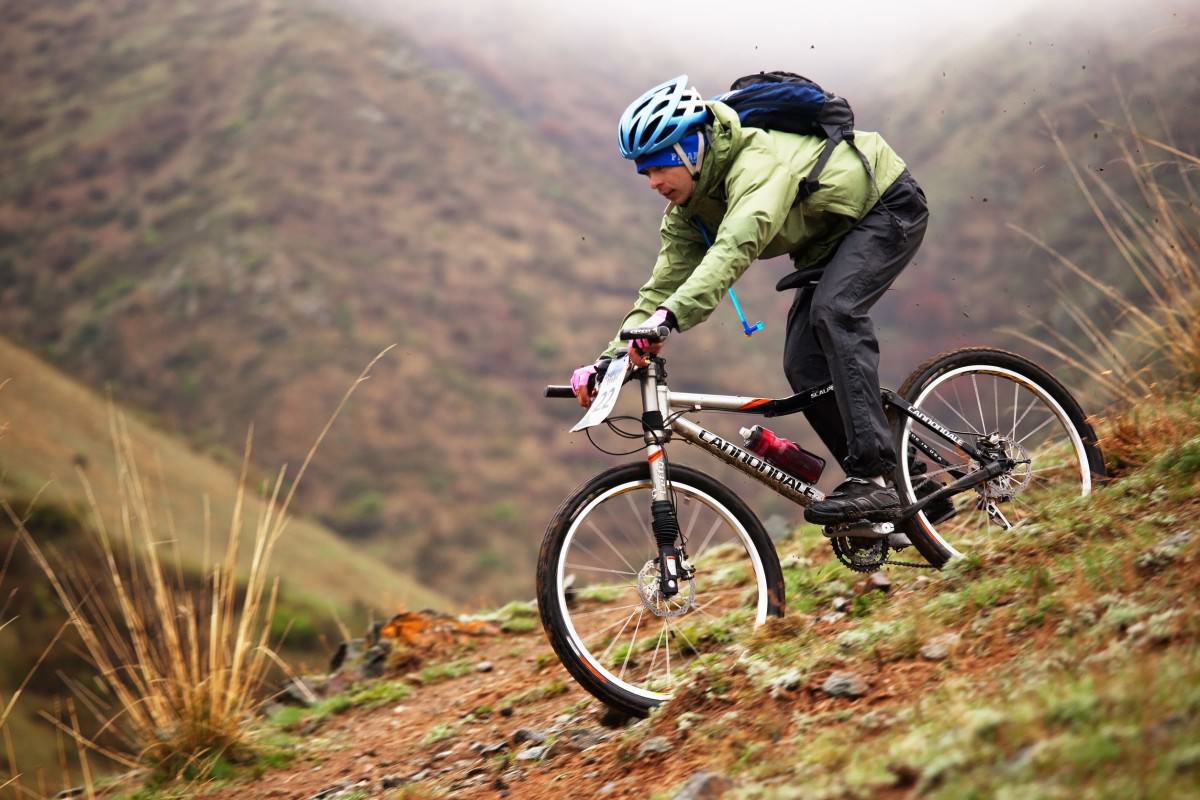
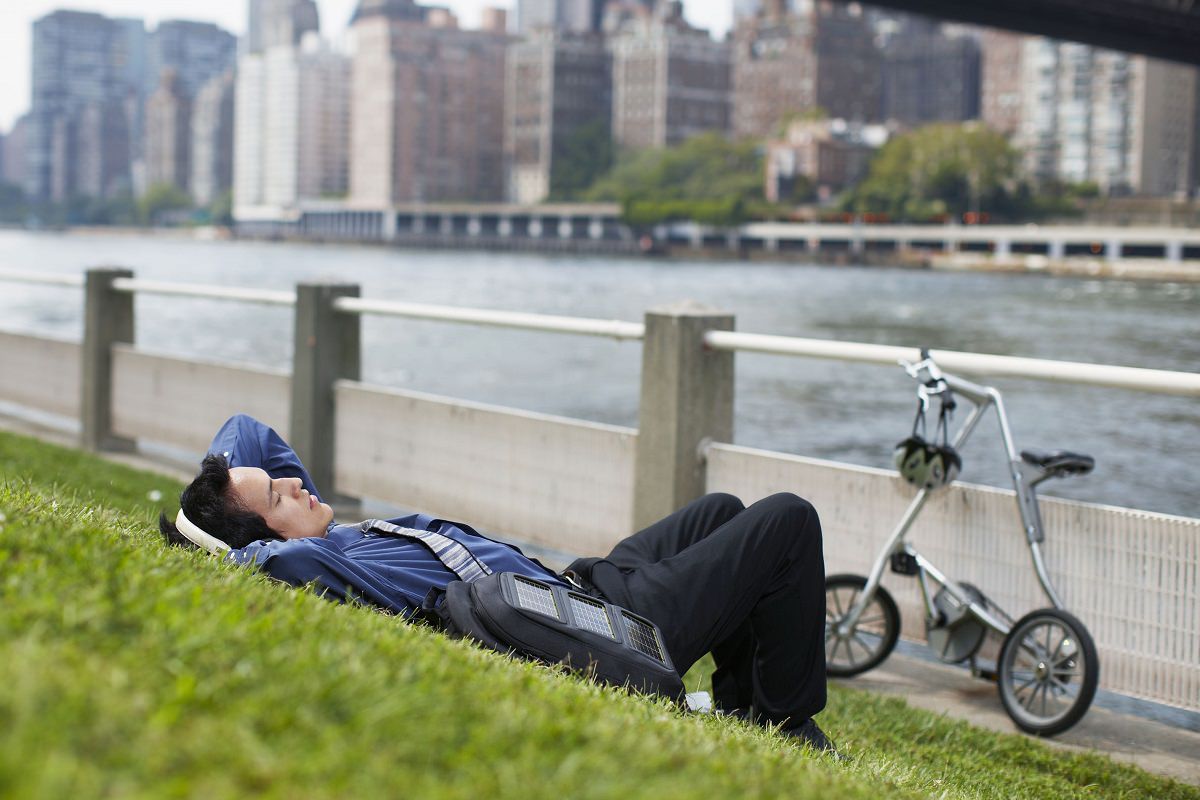
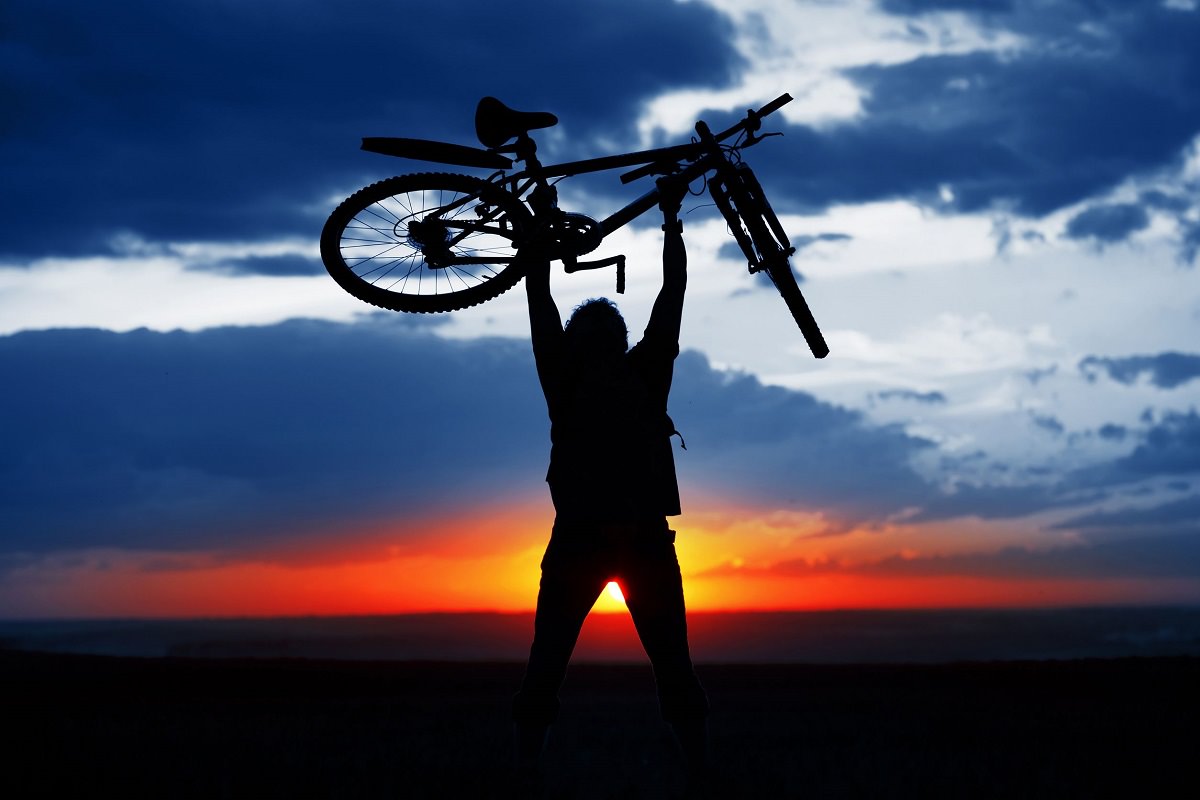
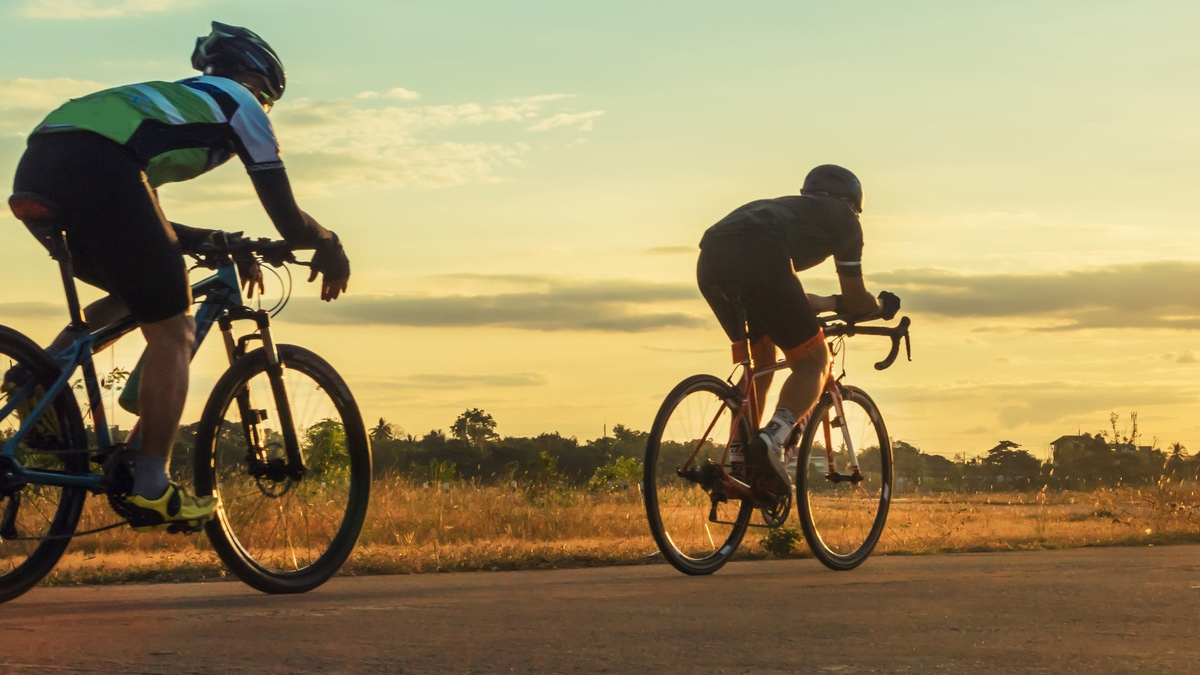
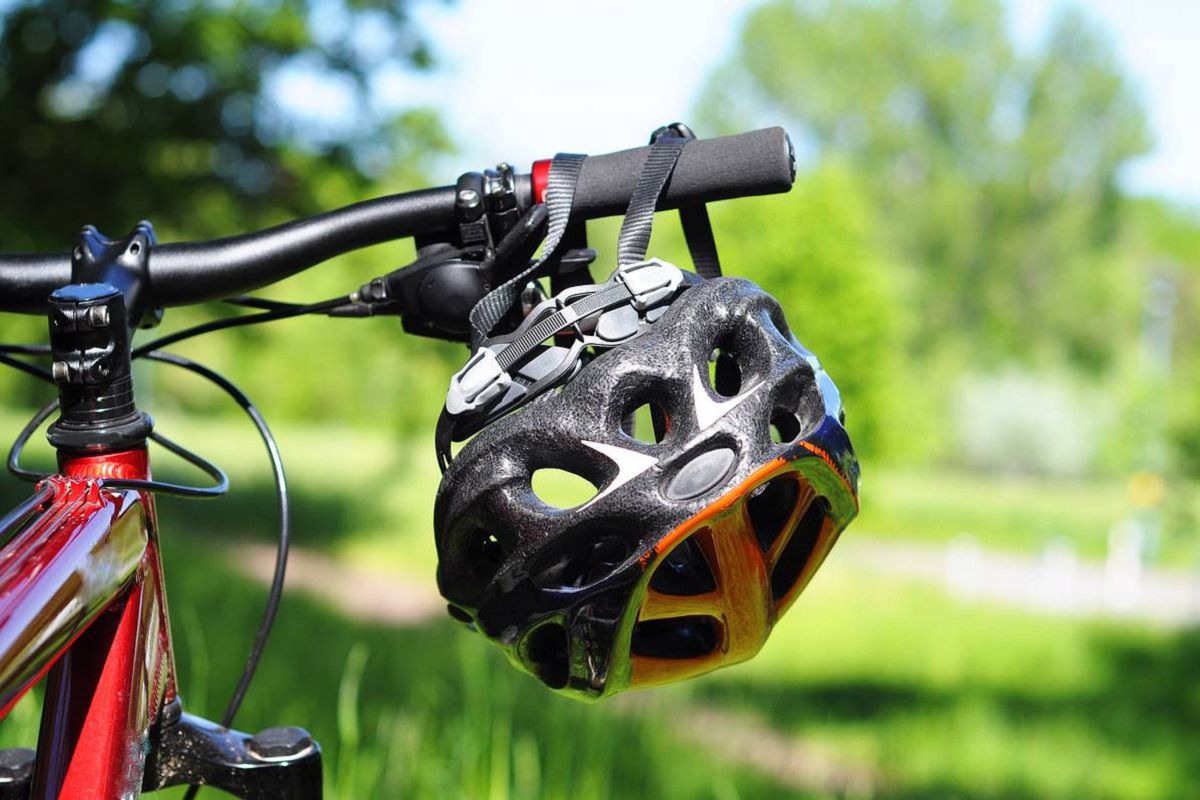
17 thoughts on “Expert Biker Tips On How To Find Good Cheap Mountain Bikes”
Dude you are awesome and could write for the new York Times lol you educated me more than anything else has while I research this type of stuff for years thank you so much for your amazing article and happy biking !
So detailed infomation. I know nothing about bicycle, but i am interested in cycling. So your post is very great, because it give me a direction. Thanks for sharing.
I couldn’t make it to the end of this article before needing to remark that it is cogent, informative, and flows like wildflower honey. You’ve reinstated my faith that “fishing for ad traffic” ain’t the only game left in town.
Holy cow, this is so helpful! Thank you!! I’ve gotten into mountain biking this summer and have been using a beat up hardtail with a frame that’s two sizes too big on some technical trails. But I borrowed a small, Specialized XC full suspension bike over the weekend, and now my creaky hardtail is ruined for me forever. This article is EXCELLENT and helps me know where to start! I am a super poor graduate student but you bring me hope. I’ll have to drop more than the $300 I was hoping for, but also I’m happy to know that I could get something for around $800. After I graduate, that is. Thanks!
“the difference between a $1000 and $3000 dollar bike is negligible, and mostly cosmetic” as somebody who has only ever bought used bikes, the first one I bought was $1000 new, the second was about $3000. let me tell you the difference was not negligible, it made me a more confident rider, and I got to ride places I never would have had the courage to on my old bike. ok article, ok.
Good and thorough article. As someone searching for a bike, I really learnt a lot.
It would be nice to include few bike suggestions at the end thought.
Hello Mohamed,
Please visit https://www.icebike.org/pc/mountain-bikes/ for mountain bikes suggestions. Thanks!
Thank you very much for this. It really helps in my search for my first bike. I’ll be using it for commute and explore some trails.
I’ll let you know when I find one.
Greeting Jeroen(all the way from the Netherlands)
Welcome Jeroen!
Great piece! I will steer everyone that ask me “what bike should I buy?” to this article. I always end up answering “it depends…” on that question. the variables are endless. 🙂
Thank you very much for this guide. As a brand new mountain biker, this helps me a great deal. While I do have a decent amount of cash to spend on a bike, I would rather not have to spend a fortune on one.
Really enjoyed the article and your sense of humor. You touched on this somewhat, but something else I’m looking for is what exactly makes the reasonably priced (under $1K) better than the Cheap Bike in terms of what to look for? Are there components like gears and chain I should look for specifically that differentiate between the two? Are they make of different materials? I see Shimano components on $250 “mountain” bikes at Wally world, but I also see Shimano on the better bikes. What makes them different and how can I tell. As an example I can see the difference between old-fashioned padded brakes and hydraulic, but how can the average rider tell the difference between drivetrains and things like that? Thanks
Hello thanks for the all the valued info and tips…
though I’m still confused but at least feeling more confident…
My budget is still alot lesser but I might be able to get something interim until
I can save up for a better one in the future…
Still alittle unsure between getting a hardtail and a rigid fork, yet…once again thanks…cheers
And new and used bikes prices became exorbitant during the 2020 Covid-19 pandemic. Lots of folks looking to make extra money from bike sales.
For a newbie mountain biker, it is difficult to buy a bike at a high cost. Again it’s also difficult to choose a bike under a low budget. There should be considering many things but for a beginner its impossible to choose the best budget mountain bike.
But now it’s easy for him who reads this article. Thanks for your great sharing!
the only good new hardtail I bought ,ended up costing me twice as much as a big box store bike , They looked the same but had much different components , you need to learn about the different parts they use . It was worth it because I ride off/on road , Any bike can be street ridden NP . But get a cheap bike on real trails , well you will be sorry .It will quickly make you lose interest .and it may even get you hurt .Most cheap mountain bikes now place warning stickers ” not for real trail use ”
My expensive true xc bikes where bought well used and needed work which i did my self . But I saved around $3000 if I was to buy the latest new bike of similar specs .
Any thoughts on paying $1600 for a new Scott Scale 965? I love the bike but am not sure it’s a good bang for buck…
A link for what the bike has is below. I haven’t bought a bike in almost 20 years and it’s almost like a new sport in terms of what’s available.
Any input is appreciated.
Thanks!